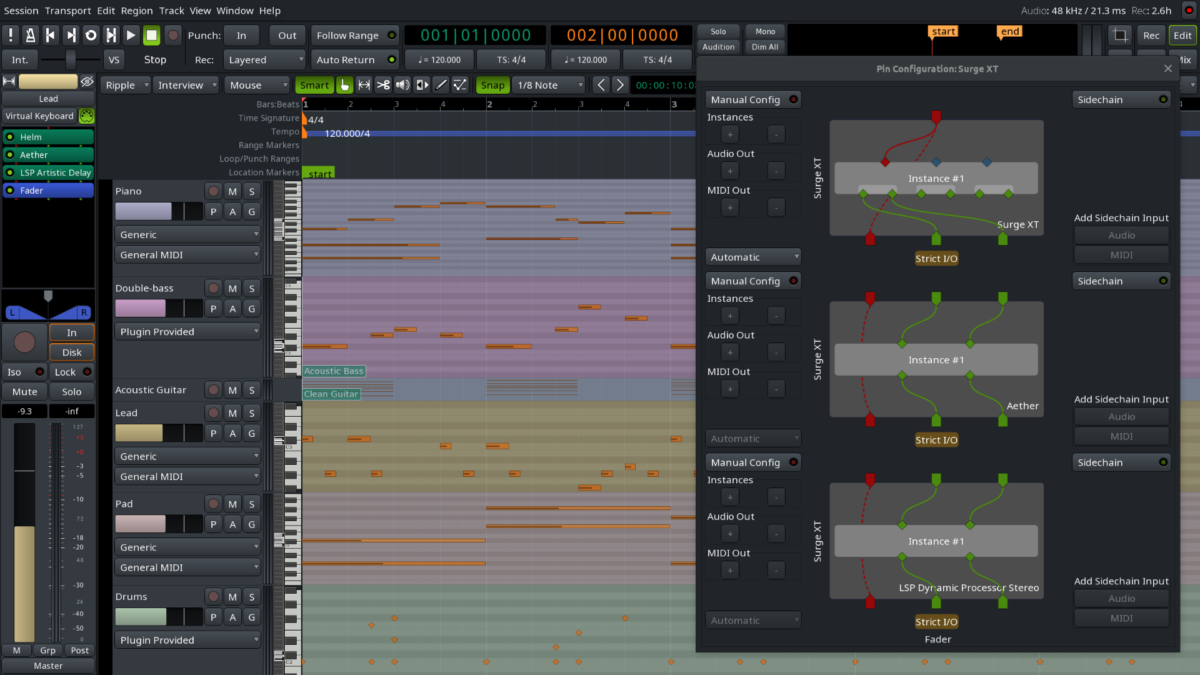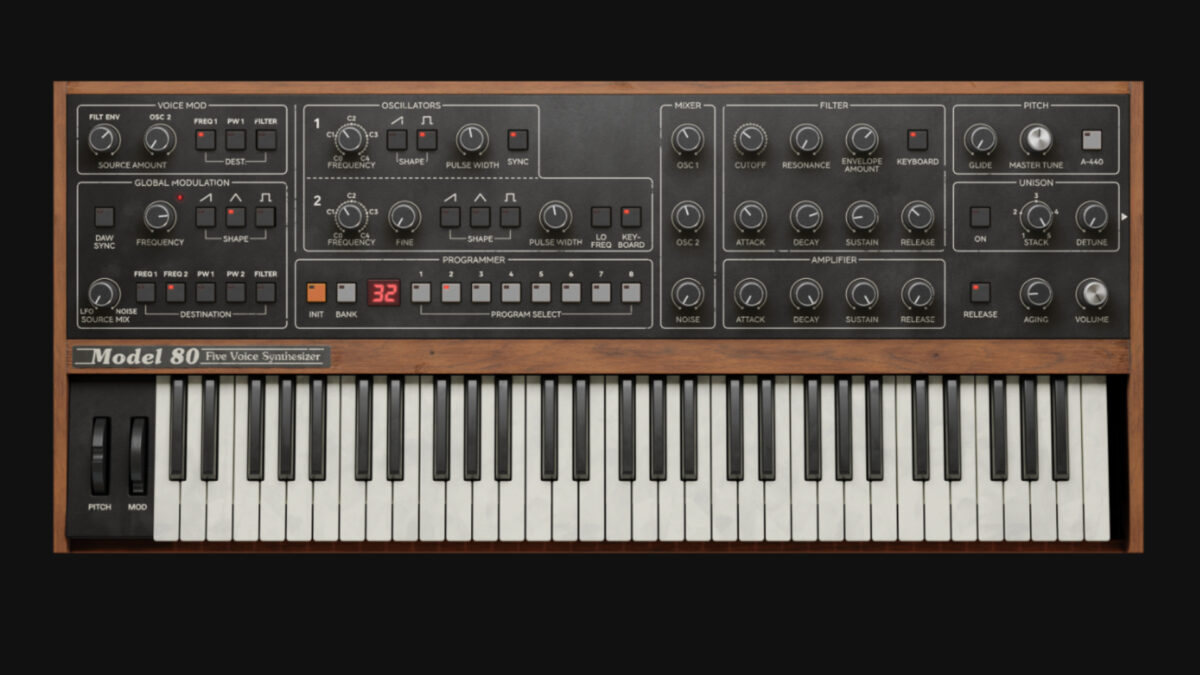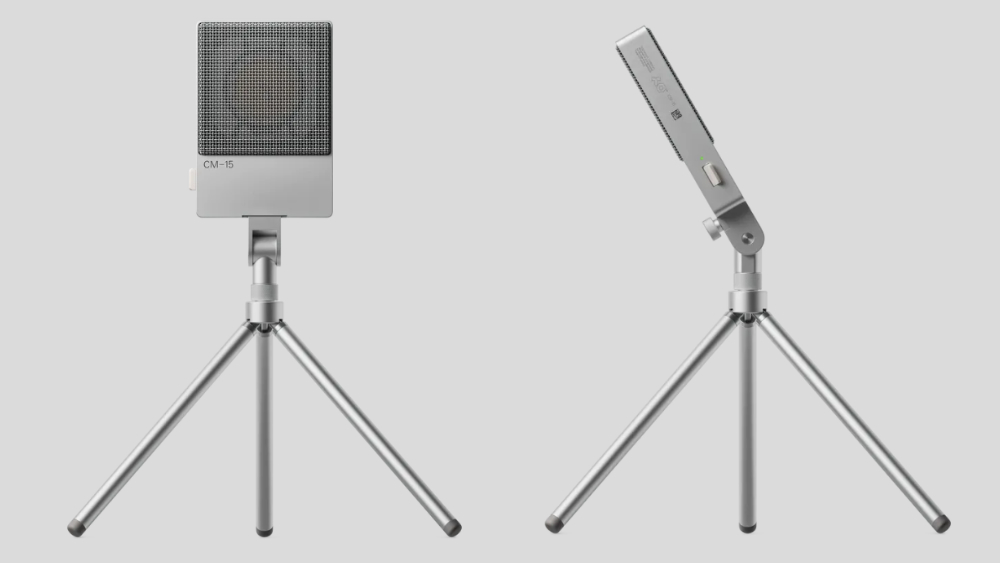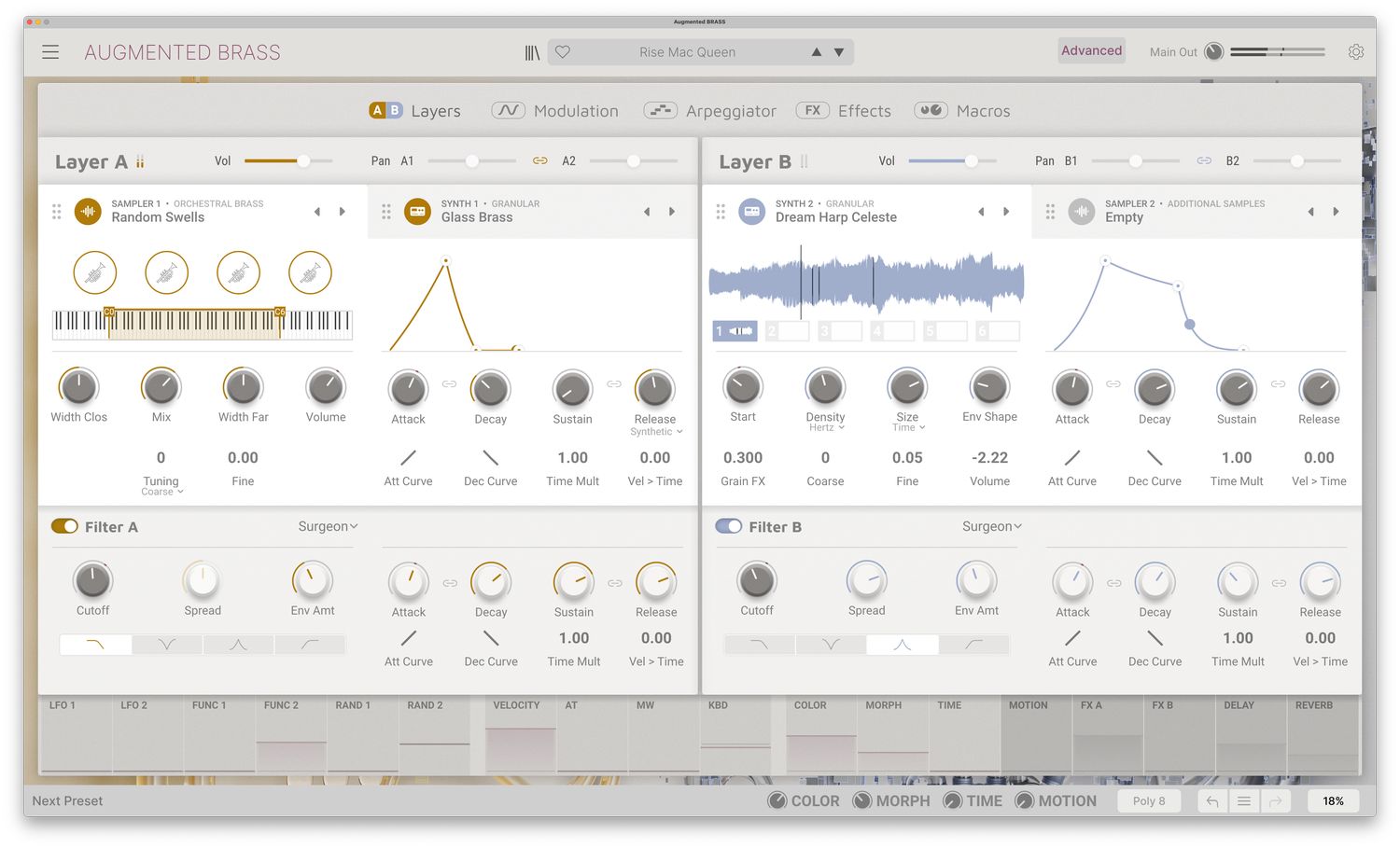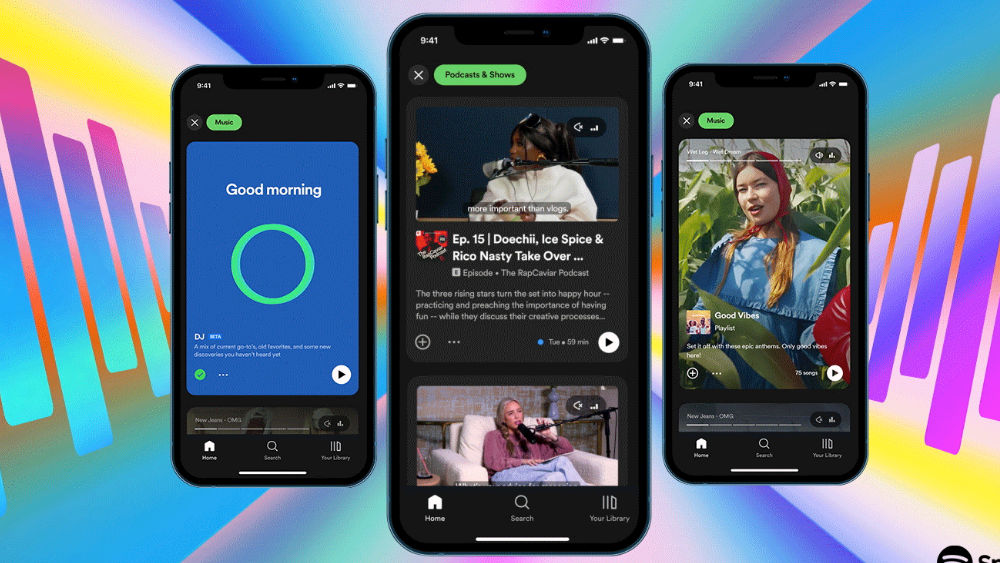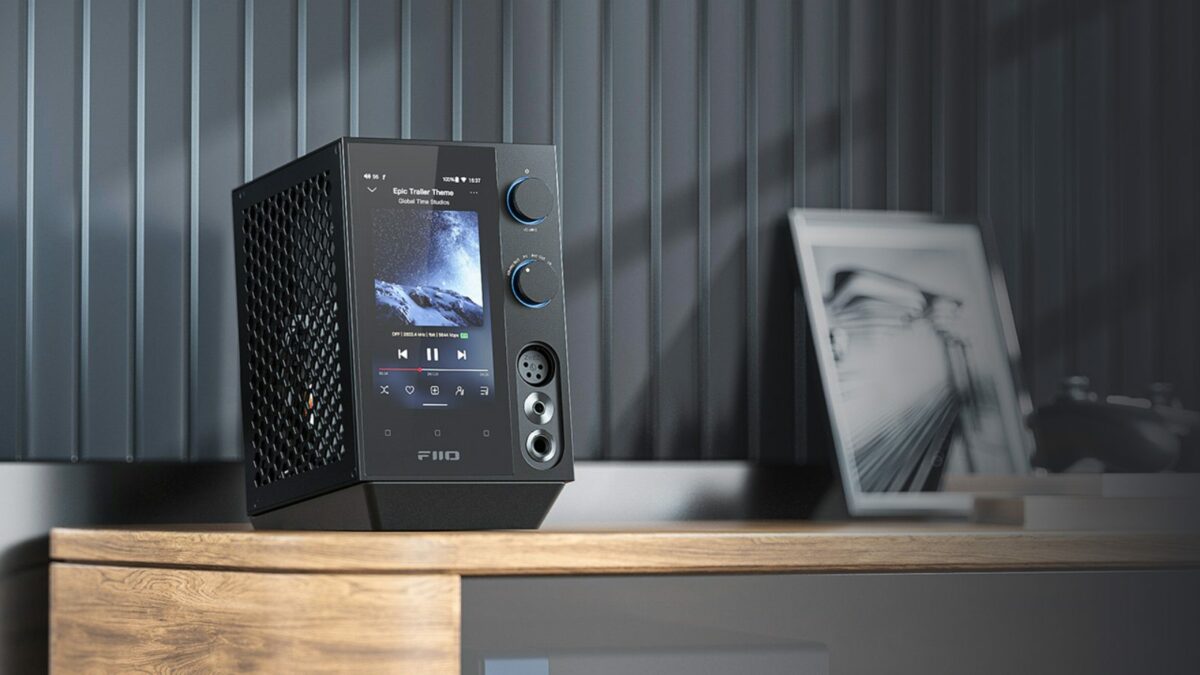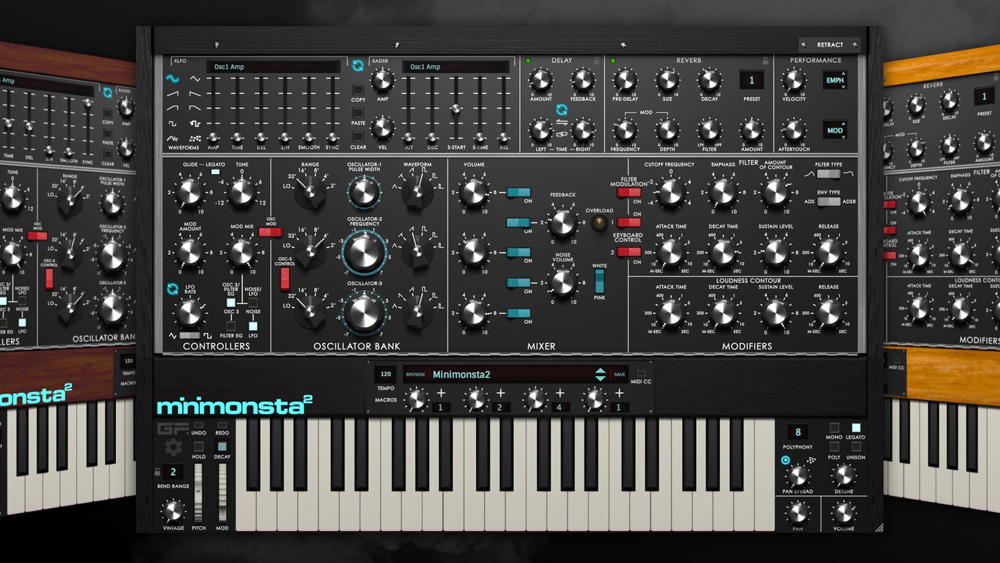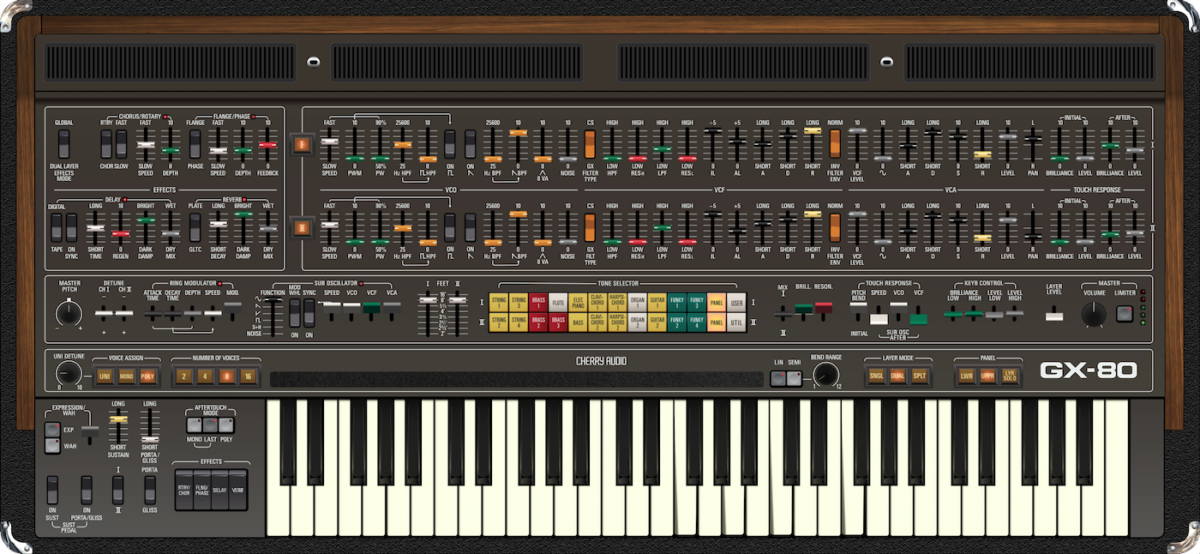The open source and cross platform (Linux / Mac / Windows) DAW Ardour just upgraded to version 7.4, bringing some new features along with bug fixes. Of the few DAWs I’ve tried running under Linux, Ardour sure looks the most polished and I’ve been wanting to give it more of a real go soon.
New features in Ardour 7.4 is:
- Support for MIDI subgroup busses
- Support for the Lua DSP processor (downmix 5.1 audio to stereo)
- Added a volume control to the clip picker
- Added a preference item for the PPQN value in exported MIDI files
- Added an option to use a neutral color for new tracks & busses
Now as for improvements and bug fixes you can see the whole list on their what’s new page, but there’s been improvements in handling Faderport8 and Ableton Push 2 as well as a lot of UI-fixes and VST/VST3 bug fixes.
Ardour is free to download and use if you can compile the source tarball on your own machine, but for those not so tech-savvy there’s binaries for Linux, Windows and Mac available for purchase (either a pay-what-you-want starting at $1/mo or single payment from $45). Demo versions that goes silent after 10 minutes are available for those wanting to give it a go as well.
Download Ardour at Ardour.org
